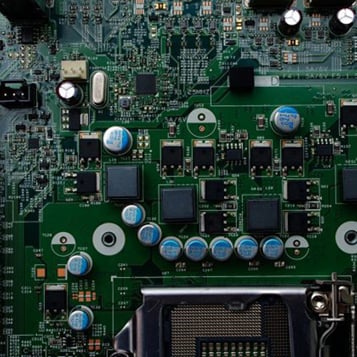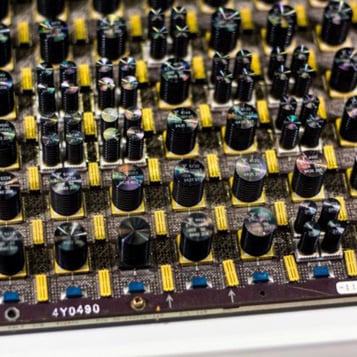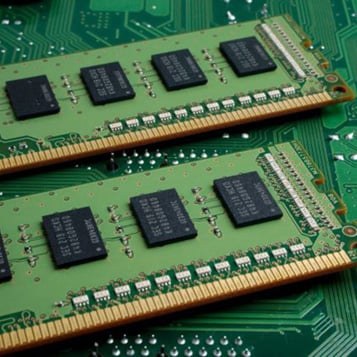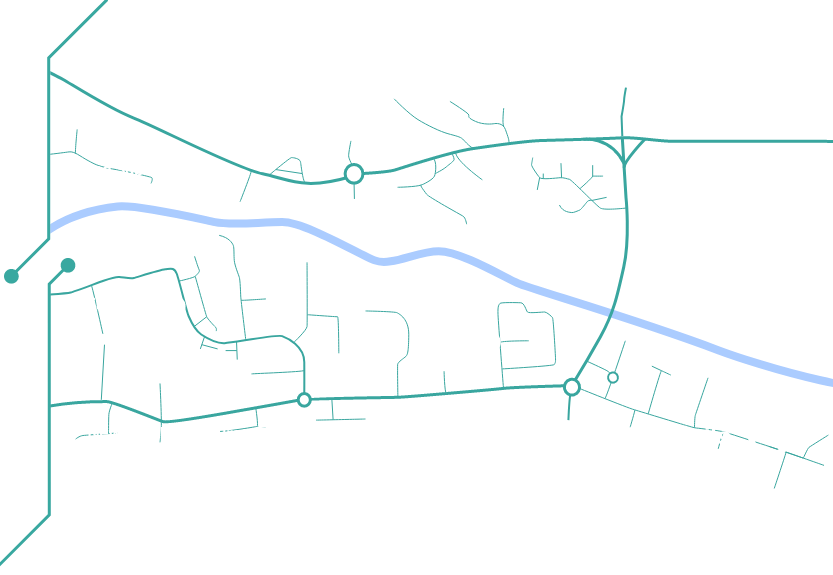5 ways IOT and PCB Manufacture are working together
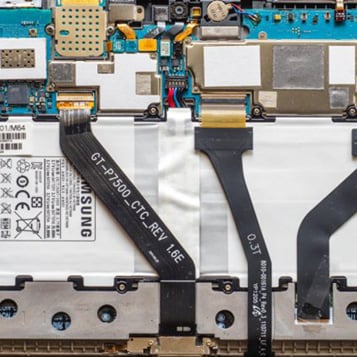
What is the Internet of Things (IOT)?
This article discusses the 5 ways IOT and PCB Manufacture are working together, but what is the internet of things?
Every day we are seeing more technical capabilities appearing in the home as another device ‘learns’ to do something to take the load off our busy 21st century selves. Things that have the ability to interpret what we are asking of them, understand what it means, and then connect with other devices to respond appropriately. All hail the era of artificial intelligence.
The Internet of Things is made up of devices connected to the web, each feeding information back, or capturing information and using it in some way, allowing us to talk to them remotely, and them to react to us. According to Deloitte’s Tech Trends 2015 report, Gartner estimated that by 2020, there will be more than 26 billion devices connected to the internet.
IBM have been supporting Wimbledon to create tennis rackets that have thousands of information points to gather every last detail about a player’s swing to be analysed later, and Amazon have this week launched the new Alexa ‘skill’ which enables a central speaker in your kitchen to use the internet to make phone calls at your voice command. These are all the Internet of Things. But what does this mean for IOT and PCB Manufacture?
5 ways IOT and PCB Manufacture are working together
1. The Internet of Things is driving demand for smaller PCBs that can be incorporated in the handle of a tennis racket, or even your running watch, meaning printed circuit board space is now under more pressure than ever.
2. Increased complexity and functionality: Integrating IoT technology into various devices has led to a higher demand for PCBs with increased complexity and functionality. IoT-enabled devices often require multiple sensors, wireless communication modules, microcontrollers to gather and process data, and actuators to execute commands. This complexity requires PCBs with densely packed components and sophisticated circuitry to accommodate the required functionality within a limited space.
3. Enhanced connectivity options: IoT devices rely on seamless connectivity to communicate with other devices and exchange data over the internet. PCB manufacturers are developing innovative solutions to support wider connectivity choices, including Wi-Fi, Bluetooth, Zigbee, and cellular networks. These connectivity features are integrated directly into the PCB design, allowing IoT devices to connect to the internet and interact with other devices seamlessly.
4. Power efficiency and optimisation: IoT devices are often curated to operate on battery power for extended periods, requiring PCBs with latest power management and efficiency. PCB manufacturers are implementing advanced power distribution and management techniques to minimise power consumption and maximise battery life in IoT devices. This includes incorporating low-power components, optimising circuit layouts, and implementing energy-saving features to ensure optimal performance and longevity.
5. Customisation and rapid prototyping: The dynamic nature of IoT technology requires PCB manufacturers to offer flexible and agile manufacturing solutions to support rapid prototyping and customisation. With IoT applications spanning various industries and use cases, PCB manufacturers must be able to quickly adapt to changing requirements and deliver customised solutions tailored to each client's needs. Advanced manufacturing technologies like rapid prototyping and flexible production processes enable PCB manufacturers to meet the unique demands of IoT device development and accelerate market time.
In conclusion, the collaboration between IoT and PCB manufacturers is driving innovation and advancement in the electronics industry. As IoT technology continues to evolve and grow into new domains, PCB manufacturers play a crucial role in developing specialised solutions to meet the unique requirements of IoT devices. By embracing trends such as miniaturisation, increased complexity, enhanced connectivity, power efficiency, and customisation, PCB manufacturers can support the growth of the IoT ecosystem and help bring innovative IoT applications to life.
Ready to explore the possibilities of IoT and PCB manufacture for your next project? Let's work together to bring your innovative ideas to life and create cutting-edge solutions that will shape the future of connectivity and automation.
